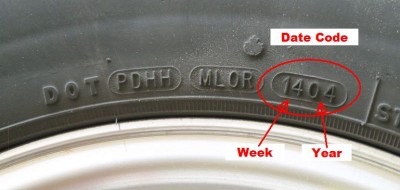 Many RVs today are available with electric inverters and chargers, standard or as an option. The inverter is a great accessory for having AC power while travelling and for dry camping. Today’s RV tech tip will give you more knowledge about different types of inverters and what they do.
Many RVs today are available with electric inverters and chargers, standard or as an option. The inverter is a great accessory for having AC power while travelling and for dry camping. Today’s RV tech tip will give you more knowledge about different types of inverters and what they do.
These units offer a battery charger to maintain your house batteries and an inverter that converts 12 volts D.C. (direct current) to 120 volts A.C. (alternating current) when shore or generator power is not present. Inverters can power residential refrigerators, microwave ovens, TV’s, satellite receivers, crock pots, toasters, coffee makers, and much more.
There are many inverter manufacture models with a variety of power sizes. The battery charger outputs are generally rated in ampere hours while the inverter power output is stated in watts. However, getting the right size outputs to meet your needs is not the only decision. Inverters are not necessarily all equal.
There are two types of inverters used in the RV and marine industry: the true – or pure – sine wave, and the modified sine wave. Most RV makers install the modified sine as it is less expensive and essentially does the same job. The true sine wave inverter is generally found in the higher-priced, all-electric class A coaches.
So, if the modified wave inverter will do the job, why do the higher priced rigs go with the pure sine? Well, the pure sine wave unit supplies AC power equal to that in your home. With this type of service, everything operates as it should.
The modified sine inverter produces AC voltage using a simulated square wave. This modified wave has some shortfalls. It does not work well with some electronic control boards including those used in most microwave units, residential refrigerators, some small rechargeable devices, and the like. If you operate your microwave on a modified sine inverter, you will soon notice the micro is quite loud when operating. Using this type of inverter continually on most microwaves will eventually reduce the efficiency of the appliance. I would recommend using the generator for microwave use if you do not have a true sine wave inverter. Additionally, many small appliances, especially made in Europe, will not operate on anything other than a pure sine wave.
Now, that is not saying the modified wave unit does not work well in the RV application, as it certainly does. There are tens of thousands of RV’s on the road using modified sine inverters with little or no issue. However, with the coming of many new electronic devices in today’s RV’s, modified waves may soon be obsolete. Supporting this prediction is the falling price difference between the two units. The small additional cost of a pure sine wave inverter over that of the modified is now well worth it.
Regardless of the type, the RV inverter is a great feature on any rig. Enjoy.



